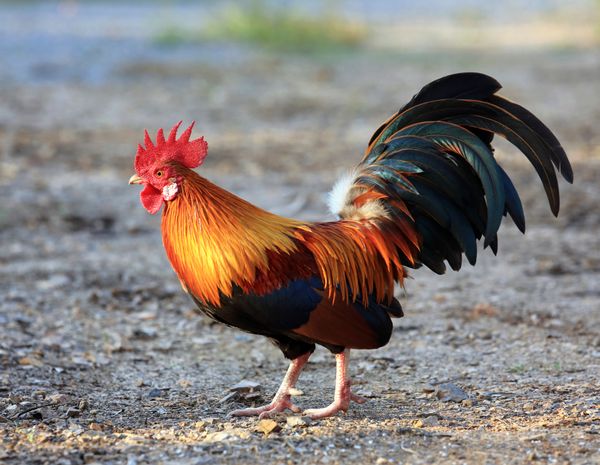How many times have you caught your dog looking guilty? Or found your cat lounging in the sun, glowing with happiness?
It's fun to imagine – and easy to assume -- that animals share our human emotions. But it's recently been documented that some animals do indeed share a very human trait: laughter. Research among dogs, rats, chimpanzees and other apes suggests that these species emit a unique sound in response to pleasure.
Advertisement
Pondering if animals can laugh isn't new; the idea traces as far back at least as 1872 and Charles Darwin's "The Expression of Emotions in Man and Animals." He focused on chimpanzees and other apes, which he observed emitting a laughter-like response to tickling or playing [source: Holt]. Decades later, similar research at Germany's University of Hannover concluded that these sounds are similar to human laughter. The research also revealed that primates have spent the past 10-16 million years evolving this ability [source: Buchen].
More recently, in 2001 animal behaviorist Patricia Simonet isolated a sound that dogs make exclusively during play, which she documented as a "forced, breathy exhalation." Using spectrograph analysis, she compared this sound to others that dogs produce during play: growling, whining, panting and barking. When analyzed on a spectrograph – a device which measures sound waves – the laugh-like sound spiked, while the panting sound – a canine sound most similar to it – remained flat [source: Simonet].
Even other dogs seem to recognize and associate the "laugh" with pleasure. When Simonet played the recording to other dogs, some would seek out toys and others would "play-bow" toward the source. These positive effects were observed in puppies as well as adult dogs [source: Simonet].
Don't feel bad if you've never noticed your own dog – or your own chimpanzee, for that matter – laughing. The sound credited as laughter in these species is much breathier that that of human laughter, and more similar to a panting sound than a full-blown guffaw.
Even rats have their own unique pleasure sound. In the late 1990s, Bowling Green University neuroscientist Jaak Panksepp observed that when he tickled the nape area of baby rats, the rats made a distinct "chirp." Panksepp had also observed this sound in rats at play. On further study, the sound was found to be a high-frequency 50-kilohertz ultrasonic chirp, which Panksepp called distinct from other vocalizations [sources: Morelle, Bates].
With so many species of animals, it's not yet known if others share a laugh-like sound. But scientist Marina Davila-Ross, from the University of Portsmouth, has been investigating this theory. She and a team of researchers have been systematically studying animal footage on YouTube, and have observed that many animals react noisily to being tickled. They have not concluded that it is laughter as we know it, but Davila-Ross does say the sounds appear to be associated with joy [source: Morelle].
While it's nice to know our furry friends do have some ability to enjoy a good chuckle, perhaps just who they're laughing at is better left a mystery.
Advertisement


